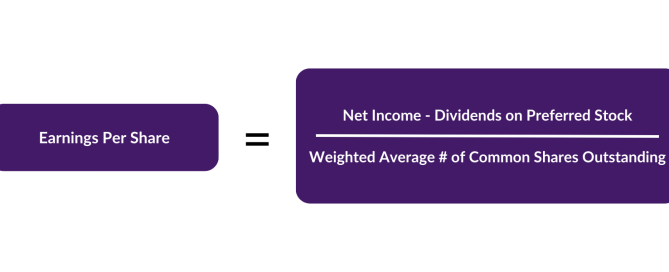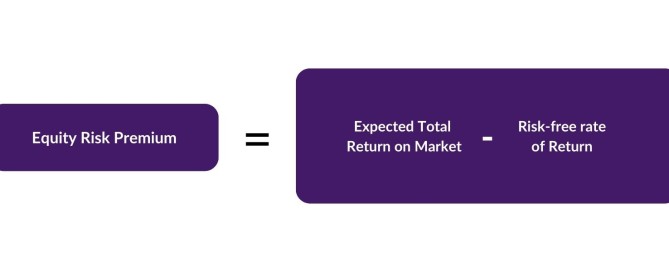Liabilities: Definition, Examples and Analysis
Liabilities: Definition, Examples and Analysis At its core, a liability represents a financial obligation or debt that an entity owes to another party. The liabilities definition encompasses any legal responsibilities or obligations arising from past transactions or events that are expected to result in an outflow of economic resources. These obligations can range










